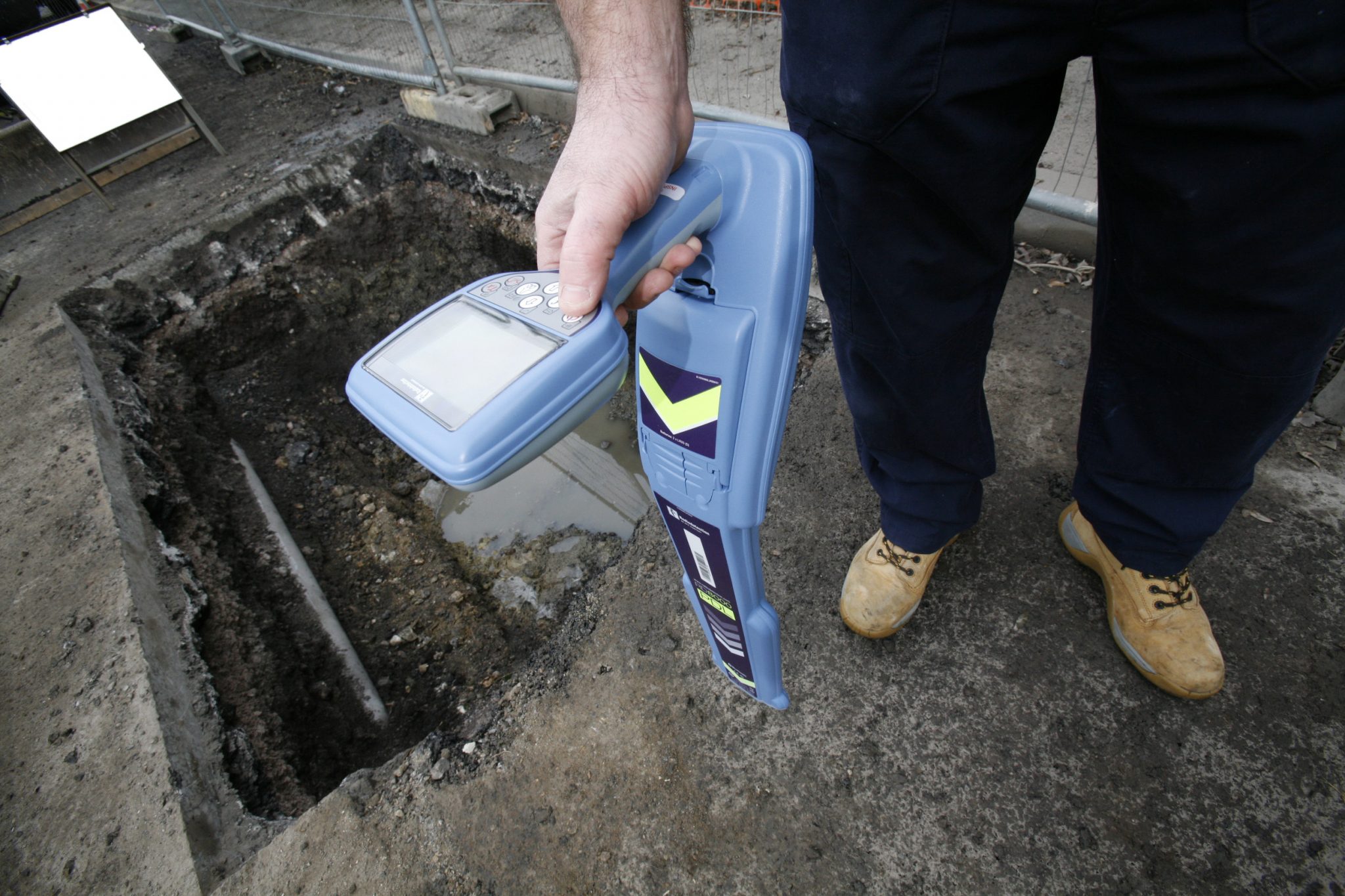Project developers may resort to guesswork, instead of proven tools, in the detection of pipes and cables buried underground to offset rising project implementation costs. Nevertheless, using guesswork in the detection of buried pipes and cables, typically an elaborate task that needs efficient tools; might unwittingly backfire, cautions Brad King a specialist from D&B Equipment; a South African-based organization that supplies RD 8100 and RD7100 radiodetection underground cable locating equipment to clients in the construction sector in South Africa and neighboring countries.
“Guesswork can lead to two major problems. Firstly, it can result in damage to existing infrastructure, which the contracting company might have to bear the unnecessary costs, as well as downtime to the service provider that owns the now damaged cable or pipe. Secondly, while excavating, laborers can suffer from serious injury or death,” states King.
Using drawings to locate the cables may not work, as they may not be up-to-date. So, the sure way is to use some sort of locator for verification.
The right tools
Definitely, there is no substitute for using the right tools. And one of the tools that have proved effective in locating elaborate cables and pipes which are buried underground is the radiodetection underground cable detection equipment. A commercial locator that was released forty years ago, radio detection underground cable detection equipment is one of the tools at the forefront of underground location.
Range of applications
A wide range of applications for radiodetection underground cable location models include but are not isolated to construction, pipe laying, directional drilling – basically any type of ground excavation.
Radio detection equipment is ideal for operators that require the need to trace single services in congested areas. Electricians can trace live or dead cables, including faulty cables, then, once exposed use an accessory (stethoscope) for cable identification should there be multiple services in the same trench.
Benefits
Radio detection equipment definitely reduces time that is wasted in searching for infrastructure which either hasn’t been mapped out on drawings accurately, or its mapping is nonexistent. Eventually, this significantly contributes to containing project costs.
What would work best?
To handle the demands of the contemporary construction industry, where cost containment and efficiency are the buzzwords, King recommends that the equipment should have up-to-date technology, as well as be user friendly, as it is important to have a locator that is not complicated for the end-user. “The biggest benefit besides functionality would be reliability, which should include warranty from the supplier,” he adds.
Managing interference
Obviously, there are always going to be certain sites which might have major potential interference factors, for instance railway lines and high voltage substations. However, King points out that modern locators include many different software and hardware features which filter these interference factors and help the operator to get the best results possible. “The best results are normally attained by using some sort of direct connection either via transmitter clamp or leads,” he adds.
“The advice that DB Equipment, as a service provider, gives is that, during service avoidance, induction would be best, as we are looking for services which are not visible and therefore direct connection is impossible until found,” affirms King.
Novel technology
Amongst recent innovations in radio detection that are becoming popular universally, King singles out the onscreen compass on mid-range and top locators, as developments that are handy. In particular, he says, the onscreen compass locators have definitely enhanced accuracy as it brings the internal aerial count to five.
“Online calibration checking has also been a big plus which has eliminated downtime and has greatly reduced costs involved. The end user is able to check the calibration in the comfort of his or her office and print out the certificate,” he adds.
Top priority
As a final point, King reminds project developers about the importance of prioritizing effective detection of buried pipes and wires in projects to minimize costs and improve efficiency. “Buried electrical cables can be very dangerous, and if a locator is used correctly, then there should be very little chance of cable strikes,” he says. “If a company is able to perform their duties with little to no incidents, it will boost its reputation in the market as having high safety standards and work ethics which will give it the edge in securing contracts over competitors,” asserts King.

I like how you said that when doing underground locating, it’s important to use the right tools, in order to protect the infrastructure as well as the laborers. My friend works in the construction industry, and is trying to find a way to protect the structures infrastructures from unforseen issues. I’ll have to recommend that he find a professional underground service locator business in his area that can help him do so, safely.